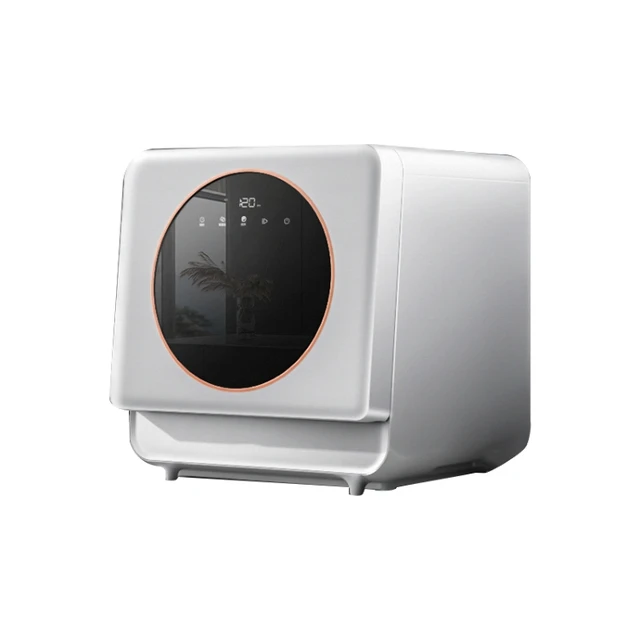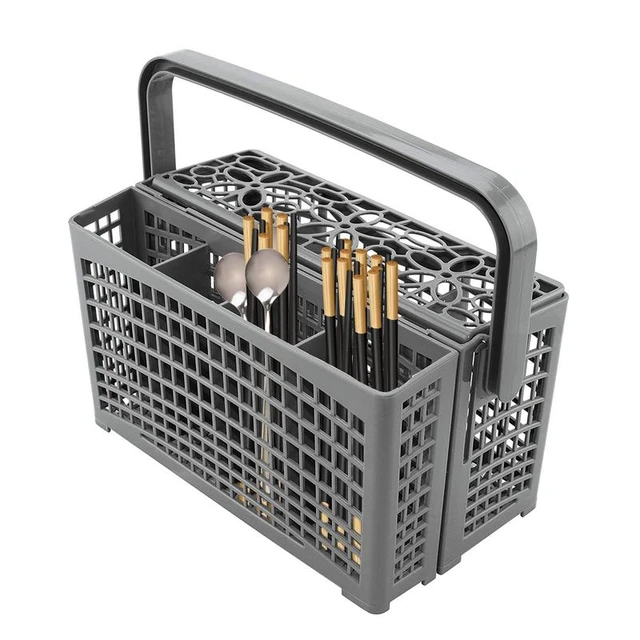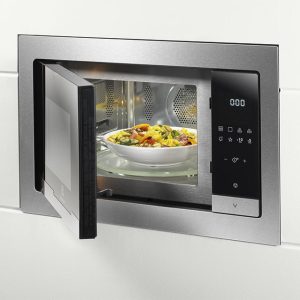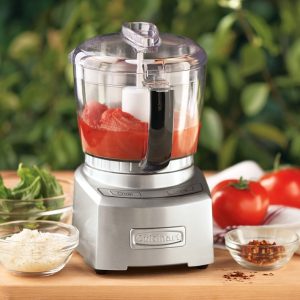
Introduction
Discovering that your dishwasher keeps filling up with water can be a cause for concern. This unexpected behavior may lead you to wonder if your dishwasher is broken and in need of repair. In this guide, we will explore the common causes of a dishwasher continuously filling up and provide specific solutions to address each issue. By understanding the underlying reasons and following the recommended steps, you can identify and resolve the problem, ensuring the proper functioning of your dishwasher.

Is the dishwasher broken if it keeps filling up?
Float Switch Malfunction
1.1. Explanation
The float switch is a component in the dishwasher that detects the water level. If the float switch becomes stuck or malfunctions, it may not accurately detect the water level, causing the dishwasher to continue filling up.
1.2. Solution
Locate the float switch, typically located at the bottom of the dishwasher tub or near the front. If the float switch appears to be damaged or non-functional, it may require replacement. Consult your dishwasher’s user manual or contact a professional technician for assistance.
Faulty Water Inlet Valve
2.1. Explanation
The water inlet valve controls the flow of water into the dishwasher. If the valve is faulty or does not close properly, it can cause the dishwasher to continuously fill up with water.
2.2. Solution
Inspect the water inlet valve for any signs of damage or malfunction. If the valve is not closing properly, it may need to be replaced. Consult your dishwasher’s user manual for specific instructions on accessing and replacing the water inlet valve or seek professional assistance.

Stuck or Faulty Fill Valve
3.1. Explanation
The fill valve is responsible for regulating the water flow into the dishwasher. If the fill valve becomes stuck or malfunctions, it may continuously allow water to enter the dishwasher, resulting in overfilling.
3.2. Solution
Inspect the fill valve for any signs of damage or obstruction. Gently move the valve to ensure that it is not stuck and moves freely. If the fill valve appears to be faulty, it may need to be replaced. Consult your dishwasher’s user manual or contact a professional technician for assistance.
Clogged or Kinked Drain Hose
4.1. Explanation
If the dishwasher’s drain hose is clogged or kinked, it can impede proper drainage, causing the dishwasher to continuously fill up with water.
4.2. Solution
Inspect the drain hose for any kinks, bends, or blockages. Straighten out any kinks or bends and remove any debris or obstructions. Ensure that the drain hose is properly connected to the dishwasher and that it has a slight downward slope to facilitate proper drainage.
Backflow from Sink or Garbage Disposal
5.1. Explanation
Improperly installed plumbing connections or a malfunctioning sink or garbage disposal can cause water to flow back into the dishwasher, leading to continuous filling.
5.2. Solution
Ensure that the dishwasher’s drain hose is connected to a dedicated drain line and not directly to the sink or garbage disposal. Verify that the plumbing connections are secure and that there are no leaks or blockages. If you suspect a plumbing issue, consult a professional plumber to inspect and rectify the problem.

Malfunctioning Control Board
6.1. Explanation
The control board is the electronic component that regulates the various functions of the dishwasher. If the control board malfunctions, it may send incorrect signals to the water inlet valve or other components, causing the dishwasher to continue filling up.
6.2. Solution
If you suspect a control board malfunction, consult your dishwasher’s user manual for instructions on resetting or rebooting the control board. If the issue persists, it may require professional inspection and repair. Contact the manufacturer’s customer support or a professional technician for further assistance.
Float Switch Assembly Issues
7.1. Explanation
In some cases, issues with the float switch assembly itself can cause the dishwasher to continuously fill up. This may include problems with the float, float switch, or the mechanism that controls their movement.
7.2. Solution
Inspect the float switch assembly for any signs of damage, misalignment, or obstructions. Clean any debris or buildup that may be interfering with the movement of the float and float switch. If the assembly appears to be damaged or non-functional, it may need to be replaced. Consult your dishwasher’s user manual or contact a professional technician for assistance.

Seek Professional Assistance
8.1. Persistent Issues
If you have tried the recommended solutions and the dishwasher continues to fill up, it may be necessary to seek professional assistance. A qualified technician will have the expertise to diagnose and repair any underlying issues causing the continuous filling.
8.2. Manufacturer’s Customer Support
Contact the customer support services of your dishwasher manufacturer. They can provide further guidance, troubleshoot the issue with you, and offer recommendations for resolving the continuous filling problem.
8.3. Professional Repair Services
If the issue persists and you are unable to resolve it on your own, contact a professional dishwasher repair service. They will have the knowledge and experience to diagnose the problem accurately and make the necessary repairs.
Regular Maintenance and Prevention
9.1. Routine Cleaning
Perform regular cleaning and maintenance tasks to keep your dishwasher in optimal condition. Clean the filter, spray arms, and interior surfaces regularly according to the manufacturer’s recommendations to prevent blockages and ensure proper drainage.
9.2. Scrape Food Residue
Prevent food particles from entering the dishwasher by thoroughly scraping dishes and utensils before loading them. This helps prevent debris from clogging the drain and causing water accumulation.
9.3. Check Seals and Gaskets
Inspect the dishwasher’s seals and gaskets periodically for any signs of wear or damage. Replace any damaged seals or gaskets to ensure a tight and secure closure, preventing water from leaking into the dishwasher when it’s not in use.

Conclusion
A dishwasher that continuously fills up with water can indicate various issues ranging from malfunctioning components to plumbing problems. By understanding the common causes and following the recommended solutions, you can identify and resolve the problem. Whether it’s addressing float switch malfunctions, replacing faulty valves, inspecting the drain hose, or seeking professional assistance, taking timely action will prevent the dishwasher from continuously filling up. Regular maintenance, proper installation, and routine checks of key components will help ensure the optimal performance and longevity of your dishwasher. If you encounter persistent problems or are unsure of the underlying cause, consult your dishwasher’s user manual, contact the manufacturer’s customer support, or seek professional assistance from a qualified technician or plumber.





